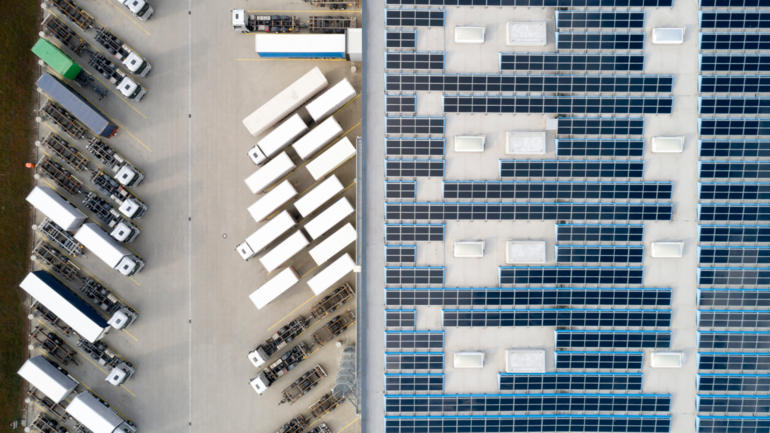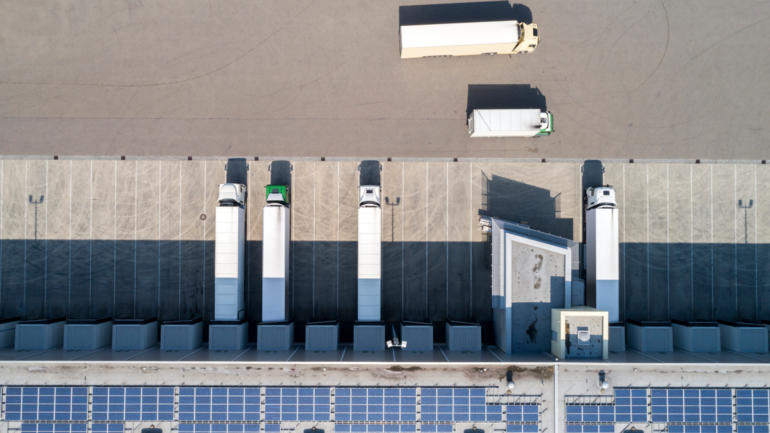Every year has a few defining moments, but 2020 has so far contained so many paradigm-shifting developments that every previous market outlook needs to be reassessed. COVID-19 has pushed all companies into a balancing act where, on the one hand, they need to manage the immediate effects of the current crisis while, on the other hand, they also need to build resilience to upcoming shocks. As a result, we see that many, including businesses and governments, are calling for or formulating recovery strategies with a strong focus on building forward better.
Relative to electric vehicles (EVs), this article examines the lasting impact of COVID-19, the economic and geopolitical fault lines it has exposed, and the impact that response from governments will have on the EV markets globally and in India.
A negative context for EVs
Several market changes induced by COVID can have a negative impact on the EV transition. One of the first casualties of the economic crisis has been the falling global crude oil prices. Low oil prices at the pump reduce the economic viability of EV adoption vis-à-vis combustion vehicles, especially in countries with limited fiscal incentives for EVs. A relatively higher total cost of ownership for EVs can slow down the transition if global oil prices remain at current levels.
Another key risk for EV adoption comes from disruptions in supply chains. China is the largest component supplier to the global EV manufacturing ecosystem. Disrupted supply chains due to lockdowns are having a short-term negative impact on EV manufacturers around the world but heightening trade tensions can also weigh down on the medium- to long-term EV cost reduction roadmap and delay adoption. This risk would be realized if more and more countries focus on re-shoring production of key components such as batteries and set up trade barriers to ensure localization of production. In such a scenario, the trajectory for transition will vary across countries and will depend on a country’s ability to develop an indigenous supply chain in a time-bound manner.
In the services economy, fleets are important early adopters of EVs. However, lockdowns and social distancing norms have adversely impacted cash-flows for most mobility service providers. Financial stress, bankruptcies and consolidation in the mobility services market can also potentially delay the EV transition trajectory for existing fleet owners.
Even though these challenges may seem daunting, they may hide opportunities within them. Low oil prices will continue to push innovation in batteries to reduce costs further. Well planned trade barriers can make supply chains more resilient in the long-term and consolidation of traditional mobility service providers can give space to new all-electric mobility service providers, especially in high-utilization use cases such as ride-hailing and logistics.
Some positive news
If we look at the early global response to the pandemic, there has been a lot of positive news on EV adoption. This has been largely shaped by a new consumer and citizen - eager to see blue skies, breathe clean air and build a better, more resilient world for the next generation.
This sentiment can be corroborated with the recent market data and policy announcements. According to the European Automobile Manufacturers Association (ACEA), registrations of new EVs in Europe doubled in the first quarter of 2020 despite most vehicle dealerships being closed in the latter part of the quarter. In May, in the UK, when new gasoline and diesel registrations were still down around 90% compared to the same time last year, EV sales were up 21.5%.
Stimulus packages in Europe have increased the focus on EVs – and are largely aligned to the theme of building back better. Germany’s COVID-19 stimulus package has seen the country doubling its EV incentive. Germany now delivers a €9,480 (USD $11,200) subsidy for EVs, with €3,480 (USD $ 4,110) of that chipped in by the original equipment manufacturers (OEMs). France has an even bigger subsidy, at €12,000 (USD $14,170) including a €5,000 (USD $5,900) scrappage scheme for older cars.
China also announced an increased spend of USD $1.4 trillion on a digital infrastructure public spending program - and new-energy vehicle charging stations is one of the seven priority areas. China also produced 100,000 new energy vehicles in July 2020, up by 15.6% from a year earlier, with sales up by 19.3% to 98,000 units, according to data from China's Automotive Manufacturers Association (CAAM).
In the US, the surge in Tesla’s market capitalization is also being seen as reinforcing the fact that EV adoption is on the right side of investor sentiment in a post-COVID world.
All these trends highlight a positive consumer and policy response to the crisis. This is likely to induce knock-on effects such as greater investments across the value chain and new vehicle announcements by global vehicle manufacturers.
In view of both the good news and the not-so-good news globally for EV adoption, let us now review India’s EV market outlook post COVID.
The new EV outlook for India
Indians are as concerned about urban pollution and impacts of the climate crisis as their global peers. The national government remains committed to implementing an ongoing EV incentives program (USD $1.4 billion) focused on 2- and 3-wheelers, commercial vehicles and public transport buses and sub-national governments in Delhi and Telangana have recently announced their new and ambitious state EV policies.
Oil prices at pumps in India have not reduced as the government decided to increase taxes on petroleum products to shore up finances. Therefore, economic viability of EVs remains intact from a consumer perspective.
However, as an emerging economy dealing with the massive health and economic costs of the pandemic, there is little fiscal room for India to announce new and generous EV incentives – similar to those announced in European markets. Therefore, Indian policy needs to be pragmatic and focus on how adoption can be accelerated without relying on exchequer money.
India also needs to be pragmatic about its trade policies. Geopolitical tensions between India and China have added to the supply chain risks as India weighs “self-reliance” in manufacturing and considers trade barriers on imports from China. Building a domestic manufacturing eco-system is time-consuming and requires long-term planning. Changes in trade policies should minimize any negative impact on current and planned investments in EV manufacturing and adoption.
For adoption, the focus needs to be on clean kilometers rather than the number of new vehicles sold. Electrification of high-utilization vehicles for use-cases such as public transport, ride-hailing, employee transport and urban freight and deliveries can provide demand and growth for the market.
Forward-looking businesses are already electrifying their fleets to save money, reduce emissions and attract and retain talent. The World Business Council for Sustainable Development (WBCSD) is driving the acceleration of EV fleet adoption and our corporate EV guide supports businesses in becoming part of the solution to urban pollution and emissions challenges. In our regional deep-dive project in India, businesses involved have already electrified 75 million km of their annual mobility demand. Our Business Guide to EV Adoption in India provides insights to all Indian businesses looking to electrify their fleets.
Within fleets, ride-hailing vehicles are ideal candidates for electrification - given the low-operational cost of EVs and high utilization of vehicles on ride-hailing platforms. WBCSD is working with India’s first all-electric ride-hailing company, BluSmart, to demonstrate the use case for all-electric ride-hailing. A report on the learning from this demonstration will be launched in September 2020. To know more about WBCSD’s electric mobility work in India, please contact Jasmeet Khurana khurana@wbcsd.org.








